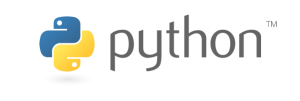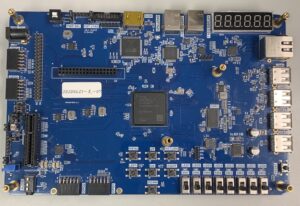Why Python?
Python is a multi-paradigm programming language made by Guido Rossum in 1989, with an emphasis on code readability. It is currently the most popular programming language in the world, in large part due to its clean and easy syntax. Because of this, and python’s ability contain structured, object-oriented, and functional programming elements make python a very appealing language to learn.
Python’s design principles aim for the language to be easy to read and easy to write. Its ideals and philosophies are summarized within Tim Peter’s The Zen of Python (PEP 20).
Python is commonly used for Artificial Intelligence, neural networks, machine learning, big data, and other advanced areas of computer science. Some notable companies that use python include YouTube, Intel, IBM, NASA, Facebook, Spotify, and much more.
This is the basic and essential python tutorial, and everything you’ll need to join the league of Pythonistas.

Chapter 1- Programming Fundamentals
- Installation of Python (and its IDEs) on Windows
- Hello world! – Make your first python program
- Printing strings in Python and Commenting
- Python variables, and their datatypes
Chapter 2- Data Structures
Chapter 3- Conditionals and Loops
- Conditionals- if, elif, and else
- For and While loops
- Keywords break, continue, and pass
- Try/Except statements
Chapter 4- Strings
- String replace, concatenate, split, reverse, uppercase, and lowercase
- Methods strip() and format()
- Methods count(), len(), and find()
- User input- input() method
Chapter 5- Functions
- Examples of functions- calls, indentation, parameters, and return value
- Functions main and __main__
- Yield, Generator, Return
- Lambda functions
- Functions abs(), round(), range(), map()
- Functions timeit(), type(), isinstance(),
- Enumeration: functions, loops, tuples, strings
Chapter 6- Object Oriented Programming (and what it is)
- What is an Object Oriented (OOP)?
- Classes, constructors, and methods
- Wrappers and decorators
- Pythonic classes versus other languages
- Inheritance and polymorphism
- Queues: First in First out, Last in First out

